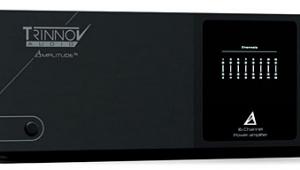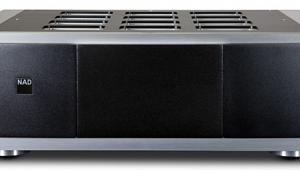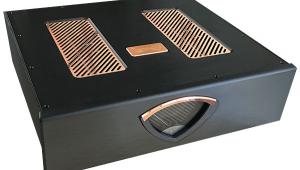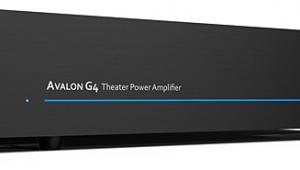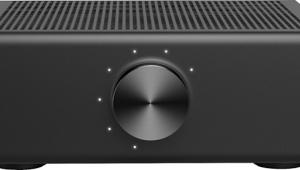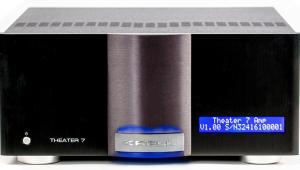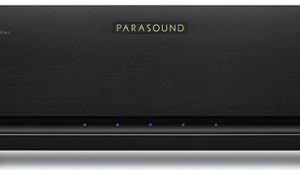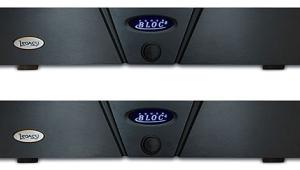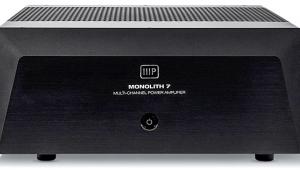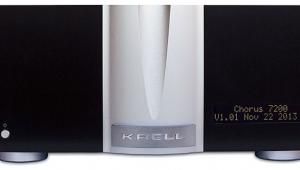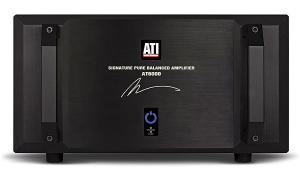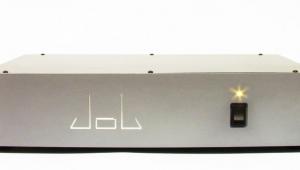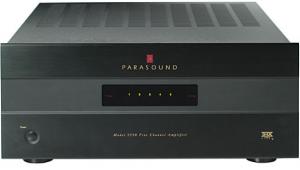This would seem to be a good choice for the bottom end of a biamp setup. Staggering power that will never exceed any bass demand of it. Then use a much smaller A/B setup for the top end.
I seem to remember that Carver actually put a small A/B amp on top of their class-d to handle the fine tuning of the frequency. Or at least they implied that in their marketing materials in the early 90's. Was this true?
On also wonders how much break in it needs. If it's a day or 2 of flat out running, they can do that at the factory!





